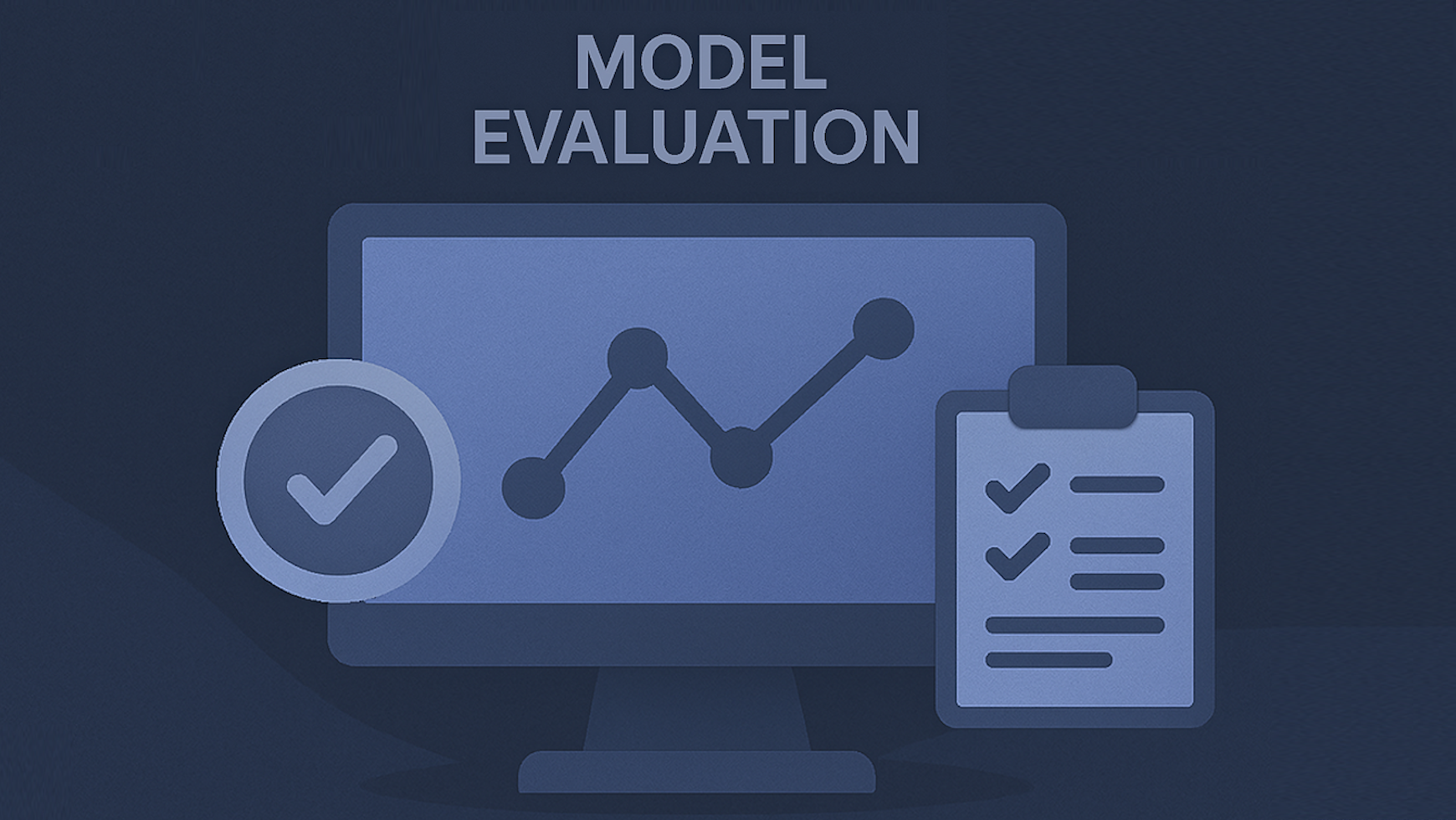Why Model Evaluation Matters
A model might perform well in a notebook, but fail under real-world stress. At WosoM, we treat model evaluation as a critical phase — ensuring predictions are not just accurate, but also reliable, fair, and explainable.
1. Accuracy Isn’t Everything
We measure precision, recall, F1-score, AUC, BLEU, ROUGE — but also test for hallucination, drift, and edge cases. Depending on your task (classification, generation, ranking), we tailor the evaluation protocol accordingly.
2. Offline vs Online Testing
We evaluate models in both static test sets and dynamic environments. In the lab: gold-labeled benchmark testing. In production: shadow deployments, A/B tests, and real user telemetry.
- Latency under load
- Robustness to misspellings or noise
- Fairness across demographic slices
- Interpretability of predictions
3. Automation with Human Oversight
We use test suites, adversarial inputs, and synthetic data generation to automate stress testing. But we also include human judges to score open-ended outputs like summaries, answers, or recommendations.
# Example: BLEU score for translation model
from nltk.translate.bleu_score import sentence_bleu
score = sentence_bleu([reference], candidate)
print(f"BLEU Score: {score:.2f}")4. Feedback Loop & Reporting
Our evaluation process ends with a detailed report: confusion matrices, bias audits, misclassified samples, and improvement suggestions. All versioned and tracked to feed back into the next training cycle.
 image credit: Janbasktraining
image credit: Janbasktraining“A great model isn't just accurate — it's accountable, fair, and ready for the real world.”


